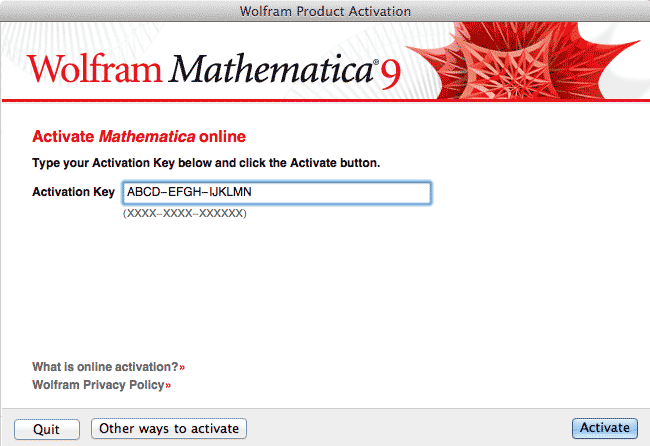

However, to be able to take full advantage of it, access to a local or cloud version of the software is required. Since the book not only aims at introducing the reader to Mathematica but also to the technical and scientific fields covered, it could be read without being in front a computer. The entire text, including the table of contents and index, have been written exclusively using Mathematica (edited in Math 11.0, tested with Math 11.1, 11.2 and 11.3). A book that without the help of my colleague Ruben Garcia Berasategui would not have been possible to publish in English. I have also strived to avoid writing too complicated programs and except in a reduced number of cases, all the examples contain just a few lines of code.īasically, this is the book that I wish I had had when I started learning Mathematica. At the end of each chapter there’re also additional sources to further explore the topics.

When choosing the problems, I have relied on my own experience and also modified a few selected examples from Wolfram Research vast information resources. Throughout the text, Mathematica’s features, including of course the latest ones, are introduced while solving problems in many different fields such as: astronomy, biology, chemistry, economics, finance, geography, linguistics and nuclear physics among many others (See Contents). In this book, I have decided to address these issues and show that the program has capabilities that go beyond math calculations (that’s the reason behind the book title).

With so many functions, it very time consuming to learn about them using the extensive Wolfram documentation. The number of functions available has grown enormously and now there are more than 6,000. Plenty of long-term users are not aware of many of the new capabilities that that have been added to the program over the years. A majority of both experienced users and newcomers, still think erroneously that Mathematica is mostly a language for solving symbolic math problems. These experiences have taught me several things:
#Mathematica 11.2 vs 11.3 how to
ISBN 9781498796293 – CAT# K30366.įor the past 25 years I’ve been conducting Mathematica seminars and teaching students how to develop applications using the program in a wide variety of campuses. Reference – 450 Pages – 431 Color & 9 B/W Illustrations. Chapman and Hall/CRC.īy José Guillermo Sánchez León (Author). Mathematica Beyond Mathematics: The Wolfram Language in the Real World.1st Edition.


 0 kommentar(er)
0 kommentar(er)
